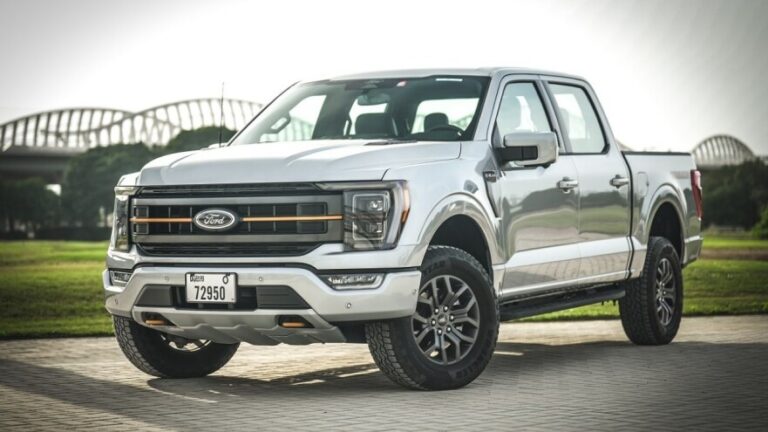How Far Can I Drive With A Blown Water Pump
Your car’s water pump may not be the star of the engine, but it plays a vital role in keeping the whole show running smoothly. If you suspect your water pump has called it quits, you might find yourself wondering, “How far Can I drive with a blown water pump?”
In this comprehensive guide, we’ll delve into the significance of the water pump, the warning signs of a malfunction, the risks involved in driving with a faulty pump, and what factors influence how far you can go before calling for help.
The Function of the Water Pump
Before we tackle the question of driving with a blown water pump, let’s understand what this crucial component does. The water pump is an unsung hero in your car’s cooling system. Its primary function is to circulate coolant (usually a mixture of water and antifreeze) throughout the engine to dissipate excess heat. Without a functioning water pump, your engine would quickly overheat, leading to potentially catastrophic damage.
Recognizing Signs of a Blown Water Pump
To gauge whether it’s safe to drive with a suspected blown water pump, you first need to recognize the warning signs. Here are some common symptoms:
Overheating Engine: If your temperature gauge is creeping into the red zone, it’s a clear indicator that something’s amiss with your cooling system. A blown water pump can lead to inadequate coolant circulation, resulting in engine overheating.
Coolant Leaks: Puddles of coolant beneath your vehicle or visible leaks under the hood are telltale signs that your water pump may be compromised. A failing pump can develop cracks or damaged seals, causing coolant to escape.
Unusual Engine Noises: A noisy engine can signal various issues, including a failing water pump. Listen for whining or squealing sounds emanating from the front of your engine, where the water pump is typically located.
Warning Lights on the Dashboard: Many modern vehicles are equipped with warning lights that illuminate when the engine temperature rises beyond safe levels. If you see the engine temperature warning light on your dashboard, it’s time to pull over.

Risks Associated with Driving a Vehicle with a Blown Water Pump
Now that we’ve identified the signs of a blown water pump, let’s explore the risks associated with driving under these circumstances:
Engine Overheating: The most immediate danger is engine overheating. Without proper cooling, the engine’s components can become damaged or warped, potentially leading to a costly repair or even engine replacement.
Potential for Engine Damage: As your engine temperature rises, the risk of serious damage increases. Overheating can cause warped cylinder heads, damaged head gaskets, and cracked engine blocks. These issues can result in a hefty repair bill.
Stranded on the Road: A blown water pump can fail at any moment, leaving you stranded on the side of the road. This inconvenience can be not only stressful but also dangerous if you’re in an unsafe location.
Escalating Repair Costs: What might begin as a water pump replacement can quickly escalate into a more extensive repair job if you continue driving with a malfunctioning pump. Don’t be surprised if you end up with a damaged engine that requires substantial repairs.
Factors Influencing How Far You Can Drive
If you’re still pondering how far you can push it with a blown water pump, several factors come into play:
- Severity of Water Pump Damage: The extent of damage to your water pump is a significant factor. If it’s merely a tiny leak or minor wear, you might have a bit more wiggle room compared to a wholly shattered pump.
- Vehicle Make and Model: Different vehicles have varying cooling system capacities and heat tolerances. High-performance engines, for instance, are more sensitive to temperature fluctuations than smaller, less powerful ones.
- Environmental Conditions: Climate plays a role too. Driving in hot weather conditions puts more strain on your engine’s cooling system. Conversely, cooler weather might buy you some extra time, but it’s still risky.
- Driving Habits: Aggressive driving generates more heat within the engine, putting additional strain on a compromised cooling system. If you tend to drive fast or frequently stop and start, you’ll reduce the distance you can safely travel.
Safe Actions to Take When You Suspect a Blown Water Pump

When you suspect a blown water pump, it’s essential to take immediate action to prevent further damage and ensure your safety:
- Pull Over and Turn Off the Engine: If you notice your engine temperature rising or any of the warning signs mentioned earlier, safely pull over to the side of the road. Turn off the engine to prevent further overheating.
- Assess the Situation: Pop the hood and visually inspect for coolant leaks or visible damage around the water pump area. However, exercise caution, as the engine and components can be extremely hot.
- Towing or Professional Assistance: If you suspect a blown water pump or see significant damage, it’s time to call for a tow truck or roadside assistance. Attempting to drive further could lead to more severe engine damage.
- Avoiding DIY Repairs: While some car enthusiasts might be tempted to address the issue themselves, repairing or replacing a water pump is a complex task best left to professionals. Incorrect installation can lead to more problems down the road.
Preventive Measures and Regular Maintenance
Prevention is always the best approach when it comes to automotive maintenance. To avoid finding yourself in a situation where you’re wondering how far you can drive with a blown water pump, consider these preventive measures:
Routine Checkups: Regularly scheduled maintenance appointments with a trusted mechanic can help detect potential issues with your water pump before they become critical.
Replacing the Water Pump Preventively: Depending on your vehicle’s age and mileage, it might be prudent to replace the water pump preventively as part of your routine maintenance schedule. Consult your vehicle’s manual or your mechanic for guidance.
Keeping an Emergency Kit: Carrying an emergency kit in your vehicle with essentials like water, coolant, a first-aid kit, and a flashlight can be a lifesaver if you do find yourself stranded due to a water pump failure.
Conclusion
Driving with a blown water pump is a risky endeavor that can lead to severe engine damage, stranding you on the side of the road with a hefty repair bill. If you notice any signs of water pump trouble, it’s imperative to take immediate action by pulling over, turning off the engine, and seeking professional assistance. Regular maintenance, preventive water pump replacement, and keeping an emergency kit in your vehicle are vital steps to reduce the likelihood of experiencing this automotive nightmare. Remember, when it comes to your vehicle’s cooling system, it’s always better to be safe than sorry.
FAQ:
Can you drive with a blown water pump?
No, driving with a blown water pump is not advisable. It can lead to engine overheating and serious damage.
How far can a car drive without a water pump?
It’s risky to drive even a short distance without a water pump; engine overheating can occur rapidly.
How bad is it to drive with a damaged water pump?
Driving with a damaged water pump is very bad; it can result in engine damage and costly repairs.
How many miles does a water pump fail?
A water pump can fail at any mileage, but preventive maintenance and regular checks can help avoid unexpected failures.

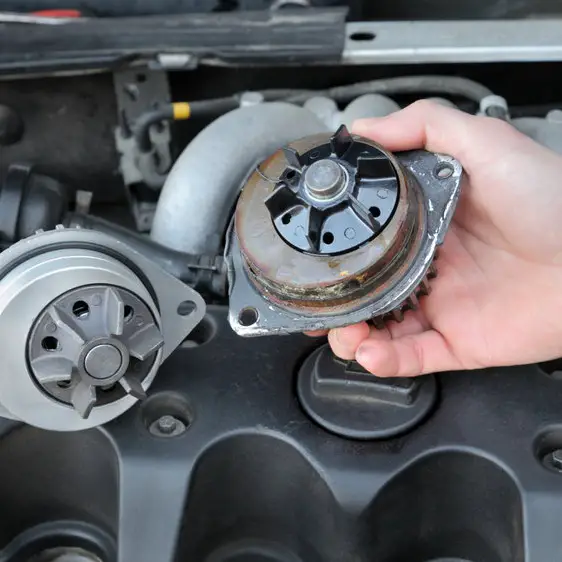

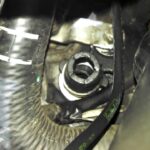



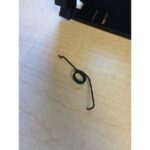



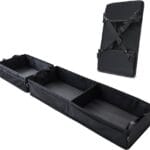


![Ford F150 Blower Motor Resistor Replacement Guide: [Step-by-Step] 34 How to Replace Blower Motor Resistor Ford F150](https://roadmomentum.com/wp-content/uploads/2025/06/how-to-replace-blower-motor-resistor-ford-f150-768x432.jpg)

